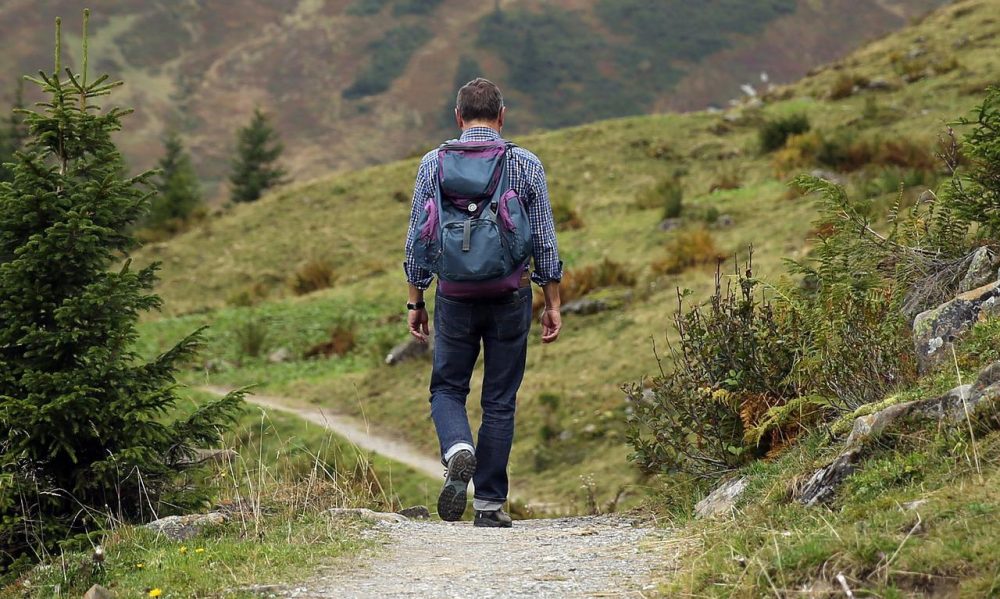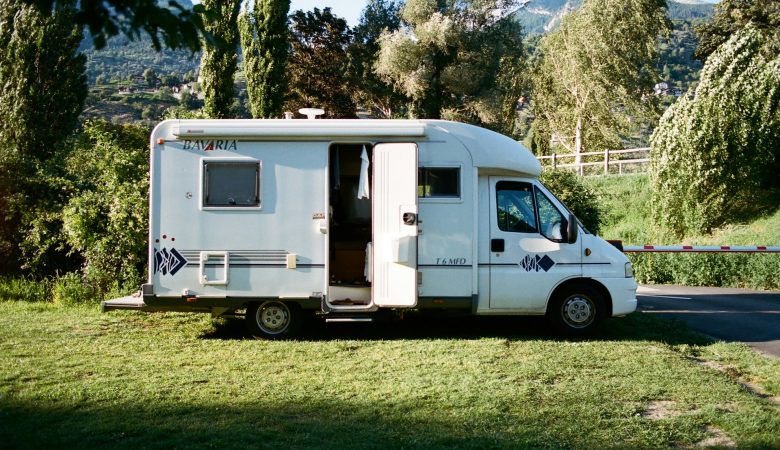Seasoned adventurers already have a few necessities they pack before hitting the trail: bottled water, snack bars, maybe even a small first aid kit. But according to recent studies, a 20% increase in Search and Rescue Mission (SARM) incidents among day hikers shows that most backpackers are ill-prepared for an emergency situation. Ready.gov recommends packing your bag with all the supplies you’d need to survive an emergency situation on your own for 3 days.
With that in mind, here are the provisions you’ll want to include on your next expedition, whether it’s on valley treks or forest hikes.
Pre-assembled Emergency Kits
Also known as go bags or bug out backpacks, these full-sized emergency kit bags come filled with enough food, water, protective gear, and first aid supplies to help you survive independently for up to 5 days in the event of a calamity.
Starting From Scratch
Depending on your needs, you may already own many of the items you need to assemble your own survival kit such as hand sanitizer, garbage bags, and energy bars. But you’ll need more than just what you’d put in a music festival bag or a hiking day trip pack. Here are the essentials you’ll need to assemble your own survival bag to keep you alive and safe:
First Aid Kit
Most drugstore first aid kits contain a variety of adhesive bandages, glaze, wipes, adhesive tapes and antiseptics. These budget kits are fine for minor scrapes and cuts, but backpacker’s kits will need to contain far more, such as antihistamines and pain relievers, tourniquets and trauma pads, wound irrigation tools and gauze dressings, and fracture and sprain splints and bandages.
Clothing
Depending on your location, your bag should contain one complete change of clothes plus several pairs of socks to always keep your feet dry. Choose wool, which can protect against hyperthermia, and quality synthetic materials used in athletic clothes, which wicks away your body’s moisture and dries fast. Cotton is the worst choice because it holds moisture, adding more weight to your load and requiring frequent drying. Pack a waterproof jacket, a pair of heavy gloves to protect from cuts and splinters, a sun hat or winter cap, and a bandana to cover your mouth from dust or to use as a sling or for emergency signaling.
Water
Many survival experts take a conservative approach to the amount of water you need to carry to survive and stay hydrated. You’ll need about a liter of water per day, preferably more in certain weather conditions. You should carry water in multiple containers. One should be made of metal for durability and other bottles should be collapsible because they weigh almost nothing and take up less space as you empty them. Keep them cool for days with a lightweight ice buddy that doubles as a cold compress.
While you might think you’ve packed enough water, you may find yourself in a situation where you need more than you brought with you. You will probably find a natural source of water in the wild, but this water is unsafe to drink because of pollutants, parasites and harmful bacteria. You will need to treat it with a water filter or water purification tablets.
Headlamp
Headlamps are useful when daylight runs out but you need to keep moving. They are the perfect choice for a flashlight because they are hands-free and always direct the light in front of you as you walk or climb. Make sure you have fresh batteries and some spares in your pack.
Heavy-duty garbage bags
A contractor-grade or other good, strong garbage bag can have many uses on the trail. Obviously it can be a trash container, but it can also easily be made into a rain poncho. You can pack it with leaves to make a pillow or mattress. It could even provide a makeshift shelter from the elements.
Signaling Devices
If you get lost or separated from your group, a small, plastic whistle can be heard from miles away. Plastic whistles are inexpensive, won’t rust and will float in a water emergency. Also carry a small, compact mirror that can reflect the light. Rescue helicopter pilots have missed people right below them who did not have a method of signaling for help.
Duct Tape
Most of us are already familiar with the many uses touted for a simple roll of duct tape, which is why it’s an important tool to include in your backpack. It can be used to repair your damaged shoes or ripped clothing and raingear. It can patch a hole in a water bottle. You can use it for blister care to tape over a bandage or gauze. It can even splint a leg or sling an arm.
Tools
You can never have too much in the way of survival equipment for an emergency since you don’t know what situation you might find yourself in. In addition to a good knife, a multi-tool is a must-have for your bag. These handy devices have screwdrivers, scissors, tweezers, a bottle opener, even a wire cutter. Everything you’ll need to fix your gear, break down materials for light bushcraft, and more.
Be Prepared for Adventure
Now that you’ve got a bag packed with everything you need to survive if something goes wrong, it’s time to go on your next adventure! Packing a survival bag is more than just preparing for the worst — it’s giving you the freedom to explore anywhere without the constraints of low supplies. Trek out into the wilderness with confidence.






Pingback: Unveiling the True Cost of Your Dream Namibia Safari Adventure - Business Talk News